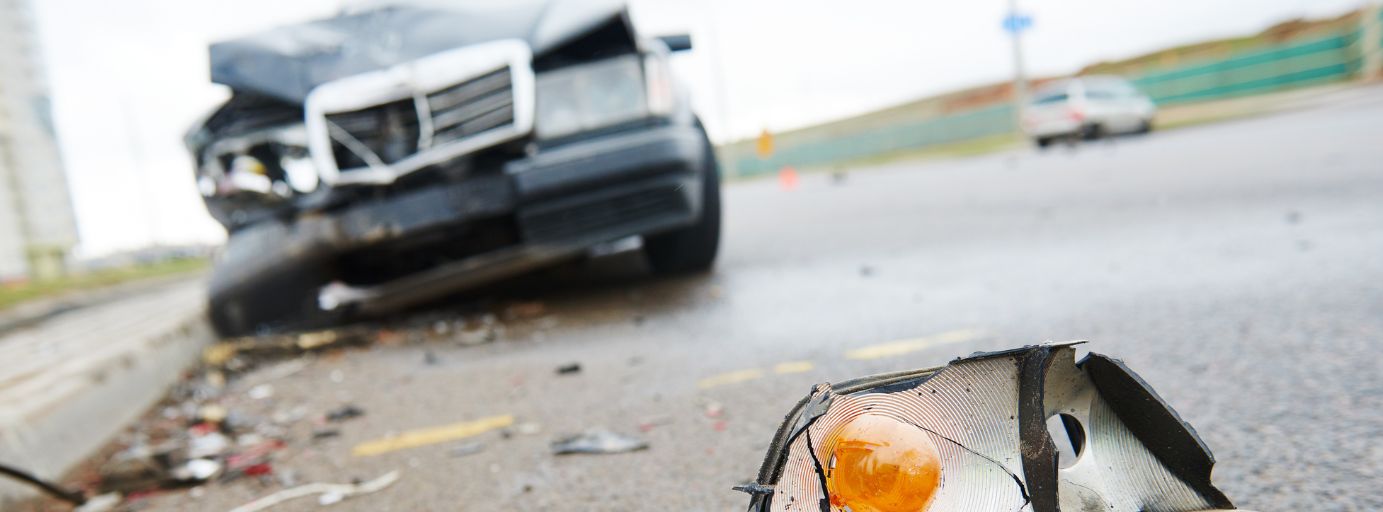
When it comes to auto insurance, many drivers focus on the immediate appeal of saving money. With enticing slogans promising to save you 10% or more on your premiums, it’s easy to get lured into policies that seem to offer the best deal. However, spending a little time upfront to thoroughly understand your auto collision insurance can make a significant difference when you’re faced with an accident. In fact, opting for a cheaper policy could end up costing you significantly more in the long run.
The Allure of Low Premiums
Insurance advertisements often highlight the savings you can achieve by switching to their services. While saving 10%, 15% or more on your auto insurance premiums can be appealing, it’s crucial to examine what you’re getting—or not getting—for that lower price.
Lower premiums often come with higher deductibles, reduced coverage limits, and exclusions that could leave you vulnerable when you need protection the most.
The Real Cost of an Accident
Imagine you’ve chosen an insurance policy primarily because of its low premiums. Then, the unexpected happens: you’re involved in a collision. Suddenly, the true cost of your insurance decision becomes apparent. With a lower-cost policy, you might face higher out-of-pocket expenses, reduced coverage for damages, and possibly higher repair costs if your policy doesn’t cover genuine parts or reputable repair shops.
“Unfortunately, we see the other side of low-cost insurance premiums when people visit us after an auto collision,” said Bob Knodel, owner of Silver Creek Auto Body based in Silverton, Oregon. “We do our best to help everyone navigate their unique situation and coverage, but sadly the experience and out of pocket costs are widely different for those that have good coverage versus those that just looked for the lowest premium”
Coverage Types and What They Mean
To make an informed decision, it’s essential to understand the different types of coverage available:
- Liability Coverage: This is mandatory in most states and covers damages you cause to others in an accident. However, it doesn’t cover your own vehicle’s damages or for unexpected things outside of your control like hitting a deer that runs in front of your vehicle.
- Collision Coverage: This covers damages to your vehicle resulting from a collision, regardless of fault. It’s crucial for getting your car back on the road quickly without a massive financial burden.
- Comprehensive Coverage: This covers non-collision-related damages, such as theft, vandalism, or natural disasters.
- Uninsured/Underinsured Motorist Coverage: This protects you if you’re involved in an accident with a driver who doesn’t have sufficient insurance.
- Personal Injury Protection (PIP): This covers medical expenses and, in some cases, lost wages and other damages.
Comparing Costs: Saving Now vs. Paying Later
Let’s break down a scenario to highlight the financial implications. Suppose you save 10% on your annual premium by choosing a policy with minimal coverage. In the event of an accident, the out-of-pocket expenses for repairs, medical bills, and potential legal fees could exceed your initial savings by 20% or much more. Essentially, the upfront savings are overshadowed by the high costs you incur when filing a claim. If by chance you have been putting aside your insurance savings for a rainy day, you might be ok, but for most of us that would be rare.
“Our team really tries to walk clients through potential situations so they can make the best decision,” said Aaron Qualls, Owner of Qualls Insurance Agency in Salem Oregon. “The worst time to understand your coverage is the day you need it!”
Questions to Ask Before Choosing a Policy
To avoid finding yourself in a financially precarious position, consider asking these questions before committing to an auto insurance policy:
- What is the deductible, and can I afford to pay it if I need to file a claim?
- What are the coverage limits for collision and comprehensive insurance?
- Does the policy cover genuine parts and reputable repair shops?
- Are there any exclusions or limitations that could affect my coverage?
- What is the process for filing a claim, and how quickly can I expect to receive assistance?
The Value of a Well-Informed Decision
Spending some time to thoroughly review and understand your auto collision insurance can save you from significant financial stress in the future. By evaluating your coverage needs, comparing policies, and considering the potential costs of an accident, you can make an informed decision that provides the right balance of affordability and protection.
Remember, the goal of insurance is to safeguard you financially in the event of an unforeseen incident. While saving 15% on premiums may seem beneficial, it’s essential to ensure that the savings do not come at the expense of adequate coverage.
In the end, a well-chosen insurance policy can provide peace of mind and financial security when you need it most.
